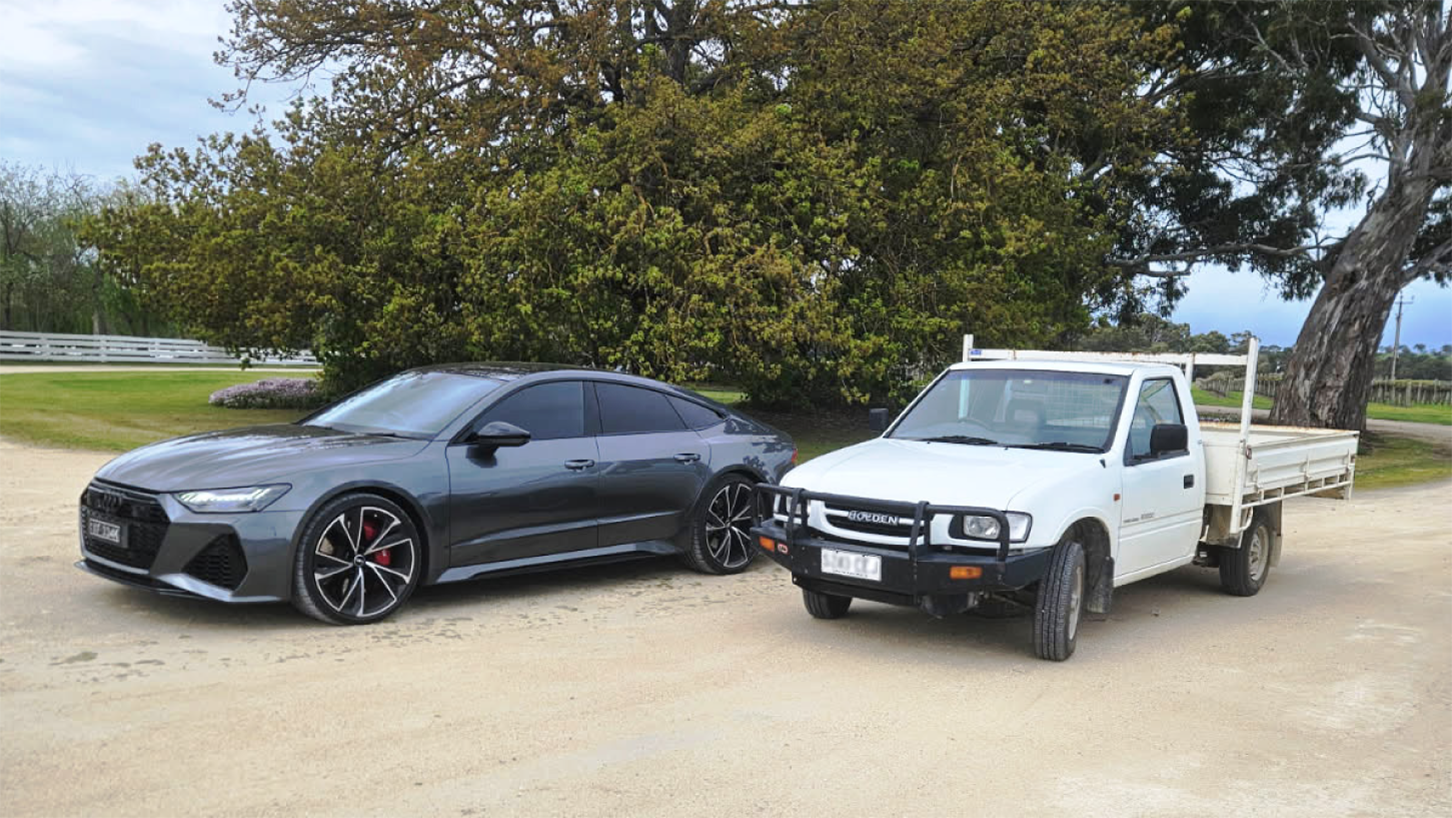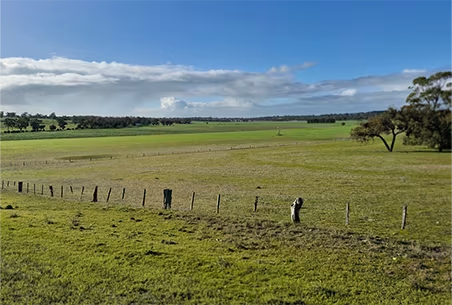




Utes, Wagons and Commercial Vehicle Rules: What Businesses Need to Know About Tax Consequences
In many operations, vehicles are more than just transport—they’re essential tools of trade. Whether towing equipment, transporting produce, or moving workers between sites, the choice of vehicle can have significant tax implications. With dual cab Utes, Landcruiser wagons and F Trucks/ Rams becoming increasingly popular, it’s vital to understand how the Australian Tax Office (ATO) treats these vehicles for tax purposes.
Understanding the Commercial Vehicle Test
The ATO defines a commercial vehicle as one not designed primarily for carrying passengers. This distinction is crucial because commercial vehicles may be exempt from Fringe Benefits Tax (FBT) and not subject to the car depreciation cost limit.
There are a number of factors used to determine whether a dual cab ute qualifies as a commercial vehicle, including how the vehicle is marketed. One of the key tests the ATO applies is a load capacity test:
- Payload capacity must exceed 1 tonne, and
- Passenger weight must be less than 50% of the payload (calculated as 68kg per seat).
For example, a Ford Ranger Raptor with a payload of 655kg and seating for five (340kg passenger weight) exceeds the 50% threshold, meaning it is classified as a passenger vehicle, not commercial.
Modifications such as GVM upgrades, tool boxes or tray upgrades can influence classification. If these are installed before the vehicle is first used, they may help the vehicle qualify as commercial. If added after purchase, they form part of the second element of cost and do not affect the luxury car limit.
Murray Nankivell uses a commercial vehicle worksheet that assesses all the details to enable us to advise you whether the vehicle is a car or commercial vehicle. We encourage you to contact us and be informed before finalising your purchase.
Depreciation and GST Considerations
If the vehicle is deemed a passenger car, depreciation and GST claims are capped by the luxury car limit. However, if the vehicle qualifies as commercial, the full purchase price may be depreciated, and full GST credits claimed.
2026 Financial Year Tax Limits
🚗 Car Depreciation Cost Limit
- The maximum value you can use to calculate depreciation on a car used for business purposes is $69,674.
- This applies to vehicles first used or leased in the 2025–26 income year.
- If the vehicle is classified as a passenger car, this limit caps both depreciation and GST claims.
💸 GST Credit Limit
- The maximum GST credit claimable on a passenger car is $6,334 (i.e., 1/11 of $69,674).
- GST credits must be claimed within a 4-year time limit.
🛻 Luxury Car Tax (LCT) 2026FY Thresholds
- Fuel-efficient vehicles: $91,387
- Other vehicles: $80,567
- These thresholds are indexed annually based on CPI.
- Note: You cannot claim GST credits for the LCT component, even if the vehicle is used for business.
Luxury Car Tax Refund
Primary producers and tourism operators may qualify for a refund of up to $10,000 per financial year of luxury car tax paid. Only one vehicle per year is eligible for the refund.
You apply by completing and lodging the ATO application for luxury car tax refund form.
Fringe Benefits Tax (FBT) Implications
If a dual cab ute is classified as a passenger vehicle, FBT can apply when there is private use by an employee. In Trust and Company structures an employee can include a director/ trustee who does not receive a wage.
FBT liability is calculated using either the statutory formula or the operating cost method. For instance, in one client case, a dual cab ute with a $9,981 FBT liability and $6,840 in fuel contributions paid by the employee resulted in a reportable fringe benefit of $3,141.
The employer was eligible to pay Fringe Benefits Tax on this amount. This amount is not taxed directly to the employee but is added to their adjusted taxable income, potentially affecting Medicare levy surcharge and other income-tested benefits.
Alternative Approaches
In some cases, it may be more tax-effective for the employee to own the vehicle personally and receive a vehicle allowance from the business. This simplifies FBT obligations but forfeits GST credits on the purchase.
Key Takeaways for Businesses
- Depreciation and GST claims are limited for passenger vehicles but not for commercial ones.
- Assess payload vs. passenger weight to determine vehicle classification.
- Modifications matter—timing and nature of upgrades can influence tax treatment.
- FBT applies to passenger vehicles with private use unless contributions offset the liability.
- Consider ownership structure—employee-owned vehicles with allowances may simplify compliance.
- If paying Luxury Car Tax don’t forget to apply for refund.
- Contact one of Murray Nankivell team prior to purchase so you are fully informed before committing to the purchase.
Related Insights
Navigating Self-Managed Super Funds and Death Benefit Nominations
Navigating Self-Managed Super Funds and Death Benefit Nominations
SMSFs offer control over retirement savings, but valid death benefit nominations are essential to ensure benefits are distributed according to your wishes and legal requirements.
Plan with Purpose: Financial planning that fits your farm
Plan with Purpose: Financial planning that fits your farm
Watch a practical and collaborative webinar designed for farmers who want to take control of their financial future.
What is Division 296 and will it affect me?
What is Division 296 and will it affect me?
Division 296 is a proposed superannuation tax introduced by the Labor Government.
We are here for you
We look forward to working with you to help you achieve a better financial future. Let us guide you on the path to financial success.
Contact your preferred Murray Nankivell office today.








